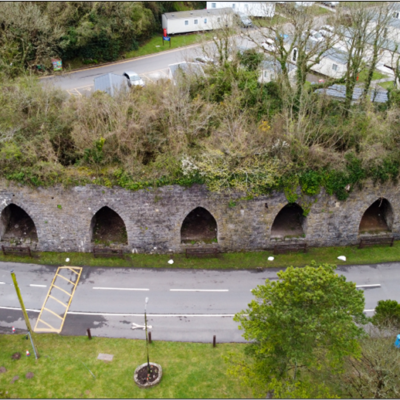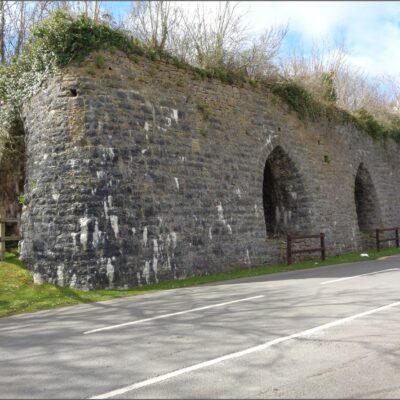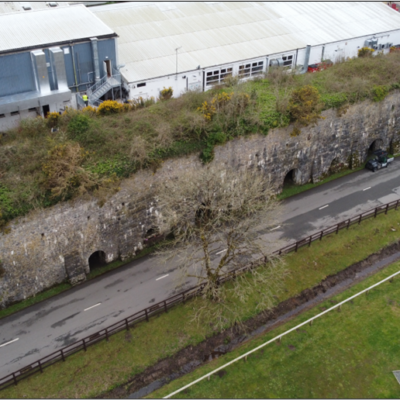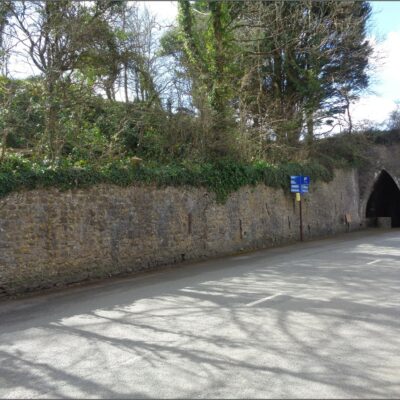Black Rock Quarry Limekilns, Conservation Management Plan
State of the art technology and traditional craftsmanship came together in partnership at Kiln Park in Tenby to restore an imposing legacy of the industrial age, which has emerged from under a shroud of vegetation to stand proud once more over the seaside holiday resort.
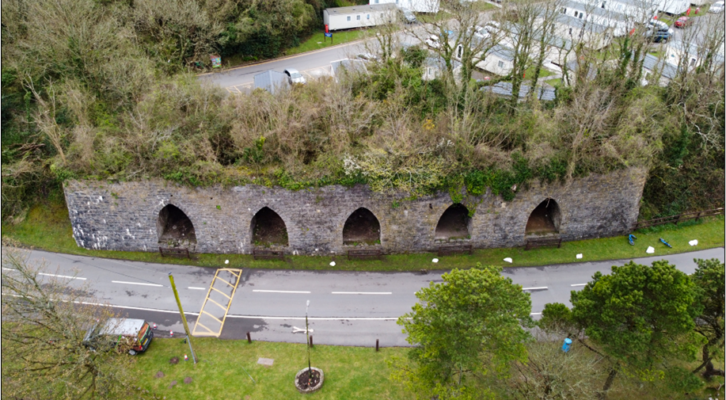
In Brief
Key Points
- Scheduled Monument
- Photographic record of all external elevations and internal spaces
- The aim of the project was to reveal, protect and sustain the heritage values of the monument
Summary
The Black Rock Quarry Limekilns opened around 1863 to process limestone from the adjacent quarry for use in building and to restore depleted farmland soils. The scheduled monument was described by the nation’s historic environment watchdog Cadw as comprising two sets of very large and impressive lime kilns of which the vaulted passage of the western bank echoed the great medieval buildings of Pembrokeshire.
Shortly before the kilns opened, Kiln Park had been a tidal estuary known as The Marsh which was navigable by boats but a barrier to people traveling on foot or horseback who had to cross at low tide. After a number of failed attempts to reclaim the land, the Great Western Railway Company built an embankment and bridge across the marshes to carry a track to Tenby, with a branch line connection to Black Rock. The vaulted passage of the western kilns formerly contained the railway track and a railway revetment wall still survives nearby.
The kilns stand to a height of 15m alongside the access road into and out of the park but had deteriorated noticeably over recent decades, to the extent that they had been flagged by Cadw as being in urgent need of attention.
Following meetings on site with Haven, the site’s owners and operators, Cadw and archaeology and heritage consultants Border Archaeology Ltd, Haven agreed a funding package and Border Archaeology were commissioned to prepare a conservation plan. It was agreed to cut back the trees and shrubs that had taken root on top of the monument and repair the stonework.
A drone was flown over the site prior to clearance to record the extent of the vegetation and to capture data information points for 3D modelling. Once the vegetation had been cleared, the extent of the repair work needed was clear, focusing on the uppermost masonry courses that had been destabilised by roots. A specialist in traditional stonework repair was appointed and a supply of lime mortar sourced matching the historic mortar mix used to build the kilns.
Results
Original stone was replaced from where it had fallen and the masonry repointed to a standard endorsed by Cadw. The finished work was placed under a temporary hessian cover to allow the mortar to cure but the monument has since been unveiled to striking effect. Looking to the future, Border Archaeology has developed a management plan for periodic maintenance to ensure the kilns remain in good health for the benefit of generations to come.

